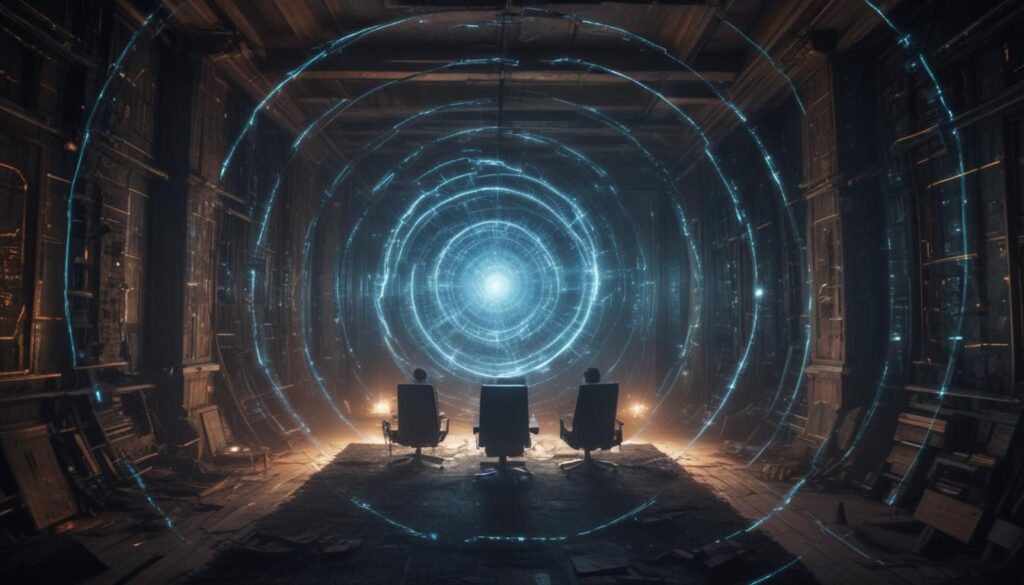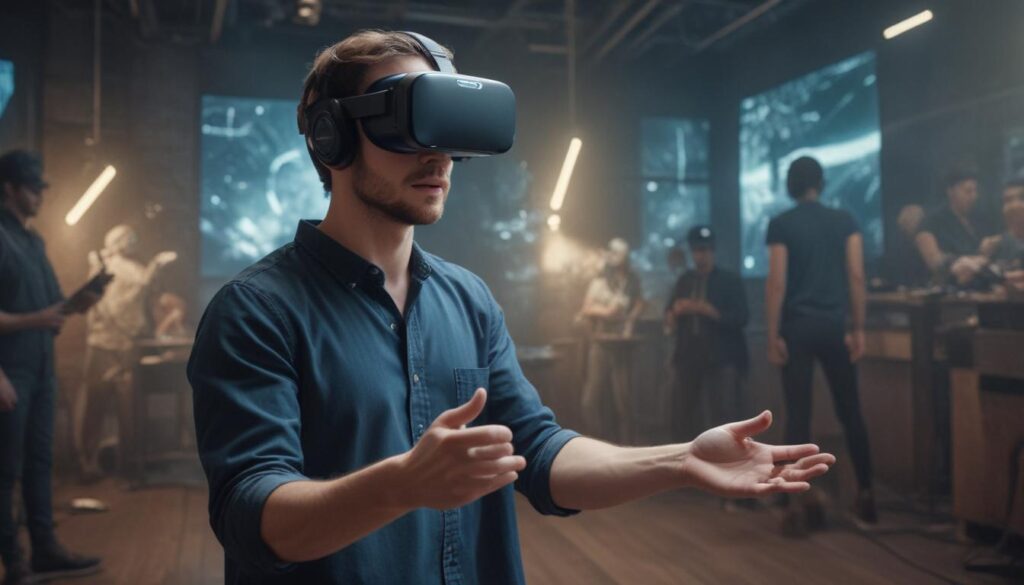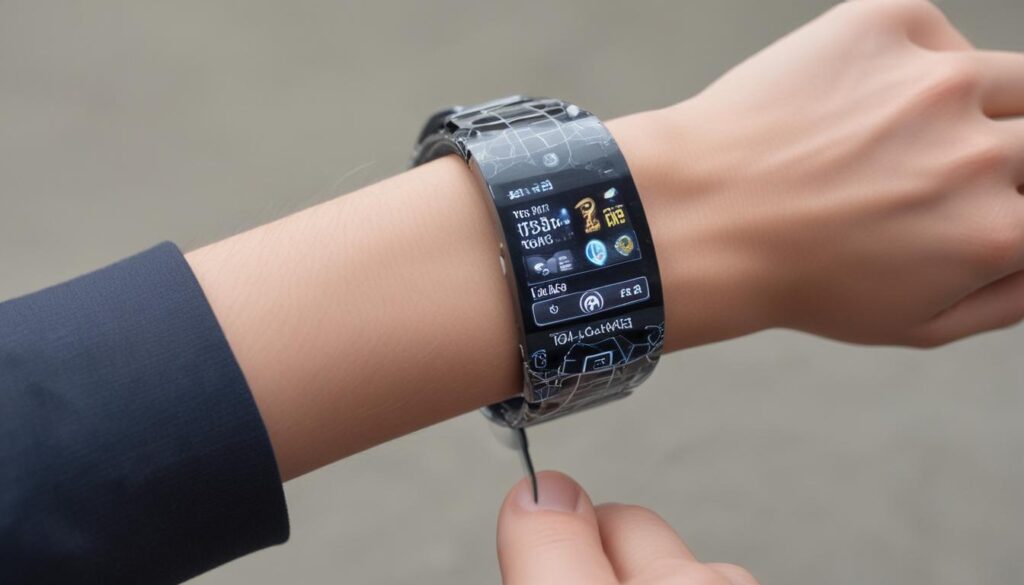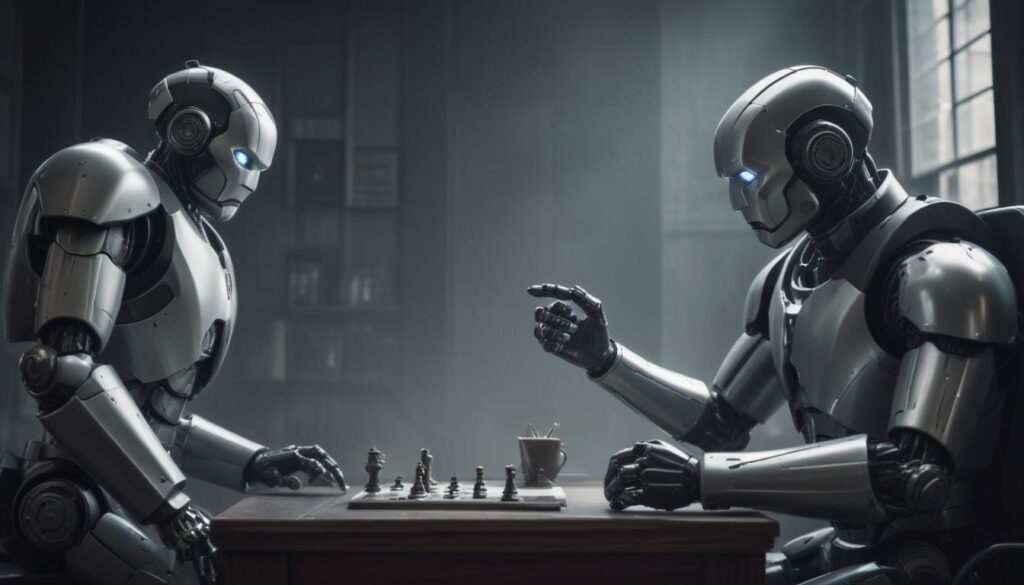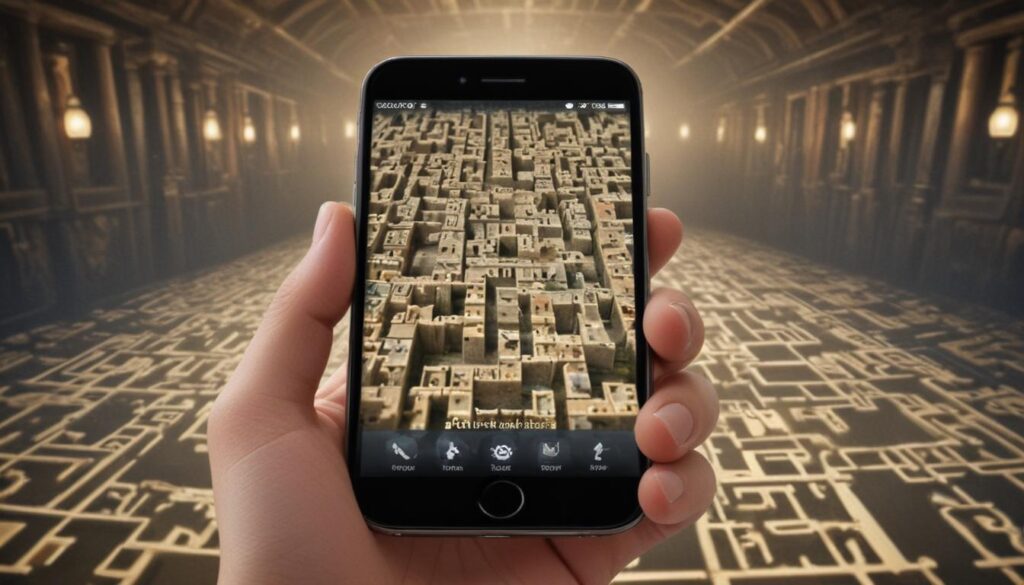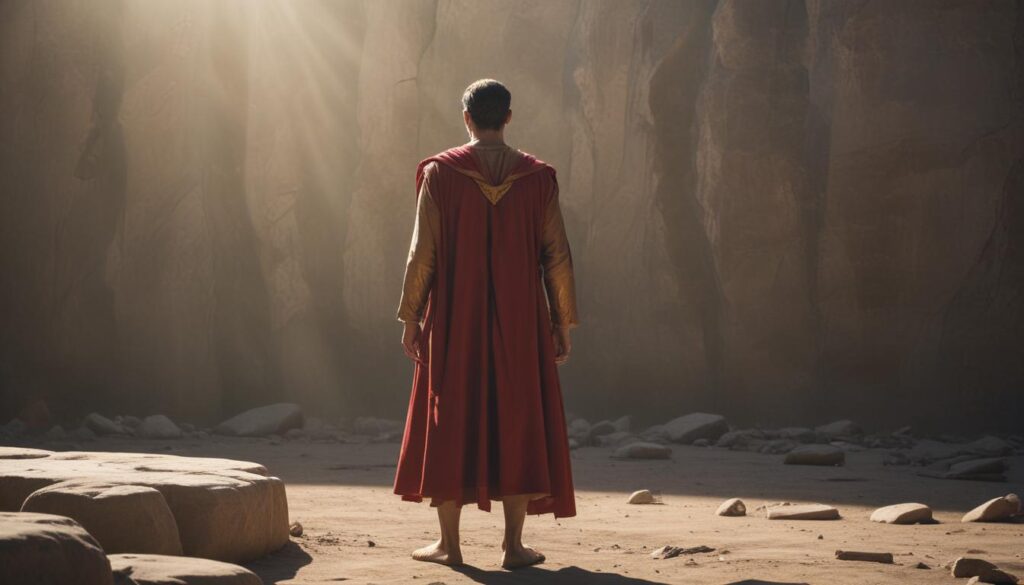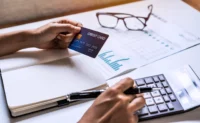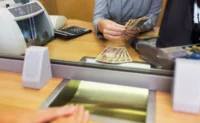Now Reading: Blockchain Explained Beyond Crypto
- 01
Blockchain Explained Beyond Crypto
Blockchain Explained Beyond Crypto
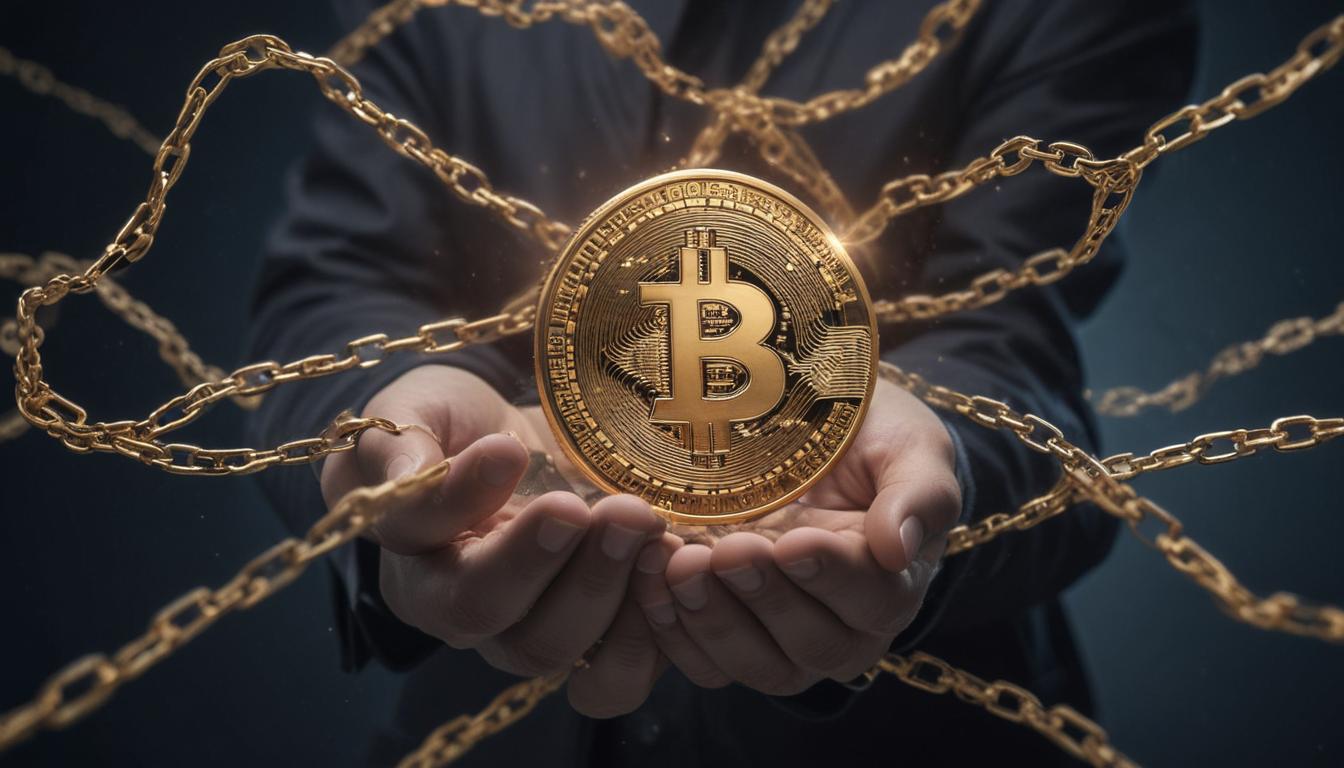
Blockchain Technology Explained More Than Just Cryptocurrencies
If the word ‘blockchain’ makes you think of nothing but Bitcoin, complex charts, and stories of digital fortunes won and lost, you are not alone. For many, the term is shrouded in mystery, seeming like a complicated concept reserved for tech geniuses and financial traders. You might feel like you are missing out on a major technological revolution, but the jargon and hype make it difficult to grasp the real-world importance of the technology itself.
The good news is that blockchain is far simpler and more powerful than you might imagine. The key is to look beyond its most famous application, cryptocurrency, and see it for what it truly is a revolutionary way to store and share information. This guide will strip away the confusion and explain blockchain in plain English. We will explore its core components and, most importantly, show you how it is already poised to change everything from how you buy your groceries to how you cast a vote.
What Is Blockchain at Its Core
At its heart, a blockchain is a digital ledger, much like a notebook or a spreadsheet. The revolutionary difference is that this ledger is not stored in one central place or owned by a single person or company. Instead, it is distributed and copied across a vast network of computers. This is the principle of decentralization. Because there is no single point of control, no one entity can secretly alter the information, shut it down, or dictate the rules. It is a system built on collective agreement.
This digital ledger is built from “blocks” of information. Each block contains a batch of transactions, and once a block is filled, it is chained to the previous block using a unique cryptographic fingerprint. This creates a chronological and unbroken chain of blocks, hence the name “blockchain.” This structure makes the ledger immutable, meaning that once a transaction is recorded, it cannot be changed or deleted. It also provides complete transparency, as anyone on the network can view the ledger’s history, ensuring that all actions are public and auditable.
How a Blockchain Transaction Works
Understanding how a transaction gets added to the chain reveals the genius of its security. Imagine you want to send a digital asset to a friend. You initiate this transaction, which is then bundled together with other recent transactions into a new, unconfirmed “block.” This block does not get added to the chain immediately. First, it must be verified by the network.
This verification process is where the network’s participants come in. In many blockchains, like Bitcoin’s, participants known as “miners” compete to solve a complex mathematical puzzle related to the block. The first one to solve it proves the block’s validity and broadcasts the solution to the entire network. Other computers on the network quickly confirm the solution is correct, and only then is the new block officially added to the chain. This process, known as consensus, ensures that only legitimate transactions are recorded, making the system incredibly secure without needing a bank or other intermediary.

Real World Applications Beyond Cryptocurrency
While cryptocurrency introduced the world to blockchain, its true potential lies in its ability to bring trust and transparency to countless industries that have long struggled with inefficiency, fraud, and a lack of accountability. Blockchain is not just about digital money; it is about creating a more reliable digital world.
Supply Chain Management
Have you ever wondered if the “organic” food you bought is truly organic, or where your coffee beans actually came from? The modern supply chain is incredibly complex and opaque, making it difficult to track a product’s journey from its origin to the store shelf. This lack of transparency can lead to counterfeit goods, safety issues, and unethical labor practices going unnoticed.
Blockchain offers a powerful solution. By recording every step of a product’s journey—from farm to factory to transport to retailer—as a transaction on a blockchain, a permanent and unchangeable record is created. A company like Walmart is already using this technology to track produce, allowing it to pinpoint the source of a foodborne illness in seconds instead of days. For consumers, this means you can scan a QR code on a product and see its entire history, guaranteeing its authenticity and quality.
Healthcare
Your medical history is one of your most sensitive pieces of data, yet it is often scattered across different clinics, hospitals, and labs in incompatible systems. This fragmentation makes it difficult for doctors to get a complete picture of your health, can lead to dangerous medical errors, and leaves your data vulnerable to security breaches.
A blockchain-based system can create a secure, unified, and patient-controlled health record. Instead of a hospital owning your data, you would own it. Your entire medical history could be stored as encrypted blocks on a blockchain, and you would hold the private key to access it. You could then grant temporary access to a new doctor, a specialist, or a pharmacy, ensuring seamless, secure data sharing while maintaining complete control over your personal information.
The Future Is Decentralized
Blockchain is more than just a new technology; it is a fundamental shift in how we establish trust. For centuries, we have relied on central authorities like banks, governments, and corporations to act as middlemen, verifying transactions and keeping records. Blockchain proves that we can achieve the same, or even better, levels of trust and security through clever code and distributed consensus.
This transition will not happen overnight, but its implications are vast. The technology promises to build a more transparent, efficient, and equitable digital infrastructure. By reducing our reliance on intermediaries, it can lower costs, reduce fraud, and empower individuals with greater control over their own data and assets. Understanding blockchain today is not just about keeping up with technology; it is about understanding the foundation upon which the future of business, finance, and society is being built.

